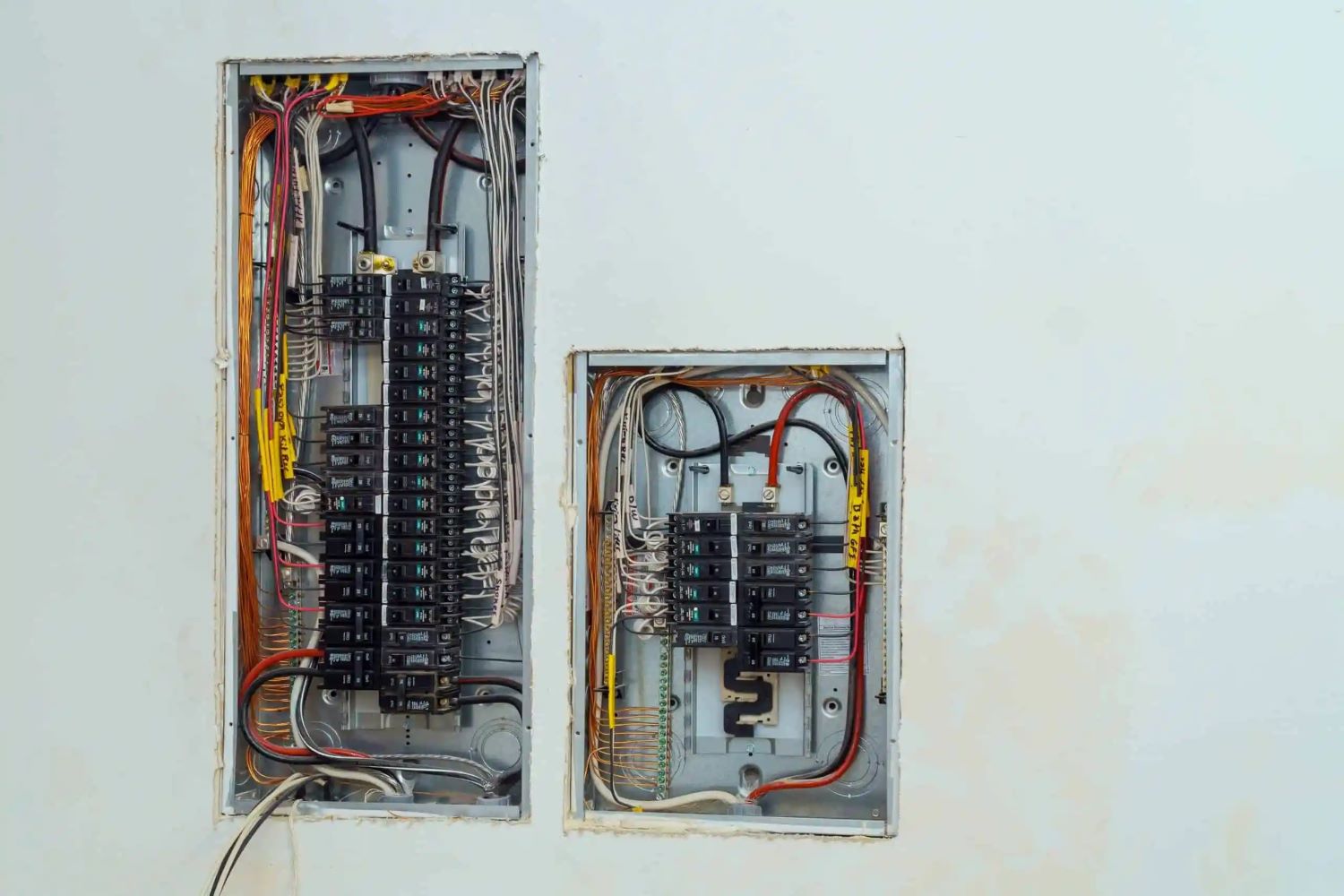

Articles
Why Does My Furnace Have Two Breakers
Modified: October 20, 2024
Discover why your furnace has two breakers and learn important information about furnace maintenance and troubleshooting in this informative article.
(Many of the links in this article redirect to a specific reviewed product. Your purchase of these products through affiliate links helps to generate commission for Storables.com, at no extra cost. Learn more)
Introduction
When it comes to your home’s heating system, understanding its various components and how they function is essential. One component that may puzzle homeowners is the presence of two breakers on their furnace. Why does a furnace have two breakers? What is their purpose, and how do they differ from single-breaker systems? In this article, we will dive into the world of furnace breakers to shed light on these questions and provide you with a comprehensive understanding of their role in your heating system.
Before we delve into the specifics of dual-breaker systems, let’s first understand the primary function of breakers in a furnace. Breakers are safety devices designed to protect electrical circuits from overheating and potential damage caused by excessive currents. When an electrical circuit experiences an overload or short circuit, the breaker automatically trips, cutting off the flow of electricity to prevent any potential hazards.
In some older furnace models or simpler heating systems, a single breaker may suffice to protect the entire unit. However, in many modern furnaces, you will find a dual-breaker setup. These systems feature two breakers that serve different purposes, providing enhanced safety and protection for both the electrical and heating components of the furnace.
Key Takeaways:
- Dual-breaker systems in modern furnaces provide enhanced protection, safety, and control by separating the electrical and heating components, reducing downtime, and optimizing performance for a reliable heating system.
- Troubleshooting common issues with furnace breakers, such as tripping and loose connections, can help maintain the proper functioning of your heating system, but professional assistance is recommended for complex problems.
Read more: Why Does My Chimney Have Two Flues
Understanding Furnace Breakers
Before exploring the reasons behind the presence of two breakers in a furnace, let’s delve deeper into the anatomy and functionality of these crucial components. Furnace breakers are typically located in the main electrical panel of your home and are responsible for regulating the flow of electricity to the furnace.
Breakers are designed with two primary components: the breaker switch and the protective trip mechanism. The breaker switch controls the flow of electricity, allowing it to be turned on or off. The trip mechanism, on the other hand, is the safety feature that detects and responds to any excessive current or abnormalities in the electrical circuit.
When an overload occurs, such as when the furnace is drawing too much electricity due to a malfunction or other issues, the trip mechanism detects the excess current and “trips” the breaker. This action instantly stops the flow of electricity to prevent potential damage to the electrical components and eliminate the risk of fire or electrical hazards.
In a single-breaker system, the breaker protects both the electrical circuit and the heating components of the furnace. However, in a dual-breaker system, the breakers are divided to provide separate protection for different aspects of the furnace.
Now that we have a basic understanding of furnace breakers and their role in safeguarding your heating system, let’s explore why some furnaces require two breakers instead of just one.
Purpose of Breakers
The primary purpose of breakers in a furnace is to ensure the safety of the electrical system and the heating components. Breakers are designed to detect and respond to abnormal electrical currents, preventing potential damage, hazards, and malfunctions in the furnace.
Here are a few key purposes of breakers in a furnace:
- Electrical overload protection: Breakers serve as a safeguard against electrical overloads in the furnace. This can occur when there is a malfunction in the electrical components or when the furnace is drawing too much power. The breaker will trip if it detects excessive current, cutting off the electricity flow and preventing potential damage to the system.
- Fire prevention: By cutting off the flow of electricity during an overload or short circuit, breakers play a crucial role in fire prevention. Electrical malfunctions can generate heat and potentially ignite flammable materials. The fast response of breakers helps minimize the risk of fire and protects your home and family.
- Protection for heating elements: In a dual-breaker system, one breaker is dedicated to protecting the electrical components, while the other breaker is responsible for safeguarding the heating elements. This separation of circuits ensures that the heating components are shielded from any electrical issues that may arise, preventing damage and prolonging their lifespan.
- Preventing damage to the furnace: Breakers act as a defense mechanism for the furnace itself. By shutting off power in the event of an electrical problem, breakers prevent damage to the internal components of the furnace, such as the blower motor, igniter, or control board. This helps maintain the longevity and efficiency of the heating system.
It is important to have properly functioning breakers in your furnace to ensure the safety of your home and to prevent any potential damage or hazards. Regular inspection and maintenance by a professional HVAC technician will help identify any issues with the breakers and ensure they are functioning optimally.
Single-Breaker Systems
In some older furnace models or simpler heating systems, a single breaker is sufficient to provide protection for both the electrical circuit and the heating components. This single-breaker system is commonly found in furnaces with less complex electrical systems and fewer components.
In a single-breaker system, the breaker is responsible for protecting the entire furnace, including both the electrical circuit and the heating elements. It serves as the main disconnect switch, controlling the flow of electricity to the entire unit. If an overload or short circuit occurs, the breaker will trip, cutting off the electricity and preventing any potential damage to the furnace and the surrounding area.
The advantage of a single-breaker system is its simplicity. Having only one breaker reduces the complexity of the electrical setup, making it easier to understand and troubleshoot any issues that may arise. Additionally, it requires less space in the electrical panel, leaving room for other electrical circuits.
While single-breaker systems may be adequate for some furnaces, they may not provide as specialized or targeted protection as dual-breaker systems. However, they can still effectively safeguard the heating system and are commonly found in older or smaller furnaces.
If you have a single-breaker system in your furnace, it is important to ensure that the breaker is in good condition and functioning properly. Regular inspection and maintenance by a qualified HVAC technician will help identify any issues and ensure the breaker is providing the necessary protection for your furnace.
Dual-Breaker Systems
In modern furnaces, it is common to find dual-breaker systems. These systems utilize two separate breakers to provide enhanced protection and specialized control for different aspects of the furnace. Let’s explore the key features and benefits of dual-breaker systems.
1. Dedicated protection: In a dual-breaker system, one breaker is dedicated to protecting the electrical components of the furnace, while the other is specifically designed to safeguard the heating elements. This separation ensures that each component has its own line of defense, reducing the risk of damage and enhancing safety.
2. Isolation of circuits: By separating the electrical and heating components, dual-breaker systems prevent potential cross-contamination. If there is an electrical issue, such as a short circuit, it will not affect the heating elements, and vice versa. This isolation allows for easier troubleshooting and maintenance of the individual circuits.
3. Improved safety: Dual-breaker systems provide an extra layer of safety by isolating the electrical and heating components. If a fault occurs on one circuit, the other circuit remains unaffected, reducing the likelihood of a complete system failure. This increased safety is particularly important in larger furnaces or systems that require higher power capacity.
4. Controlled power distribution: Dual-breaker systems allow for more controlled power distribution within the furnace. The breaker dedicated to the electrical components ensures that the proper amount of power flows to the control board, blower motor, and other electrical devices. The breaker protecting the heating elements ensures that the current is evenly distributed to prevent overheating or damage to the heating coils or igniter.
5. Increased efficiency: By providing separate protection and control, dual-breaker systems can help optimize the efficiency of the heating system. Each component receives the appropriate power supply, reducing energy waste and maximizing performance.
Dual-breaker systems offer a higher level of protection, safety, and control for modern furnaces. If you have a dual-breaker system in your furnace, it is important to have regular maintenance and inspections carried out by a qualified HVAC technician to ensure both breakers are functioning correctly and providing the necessary protection for your heating system.
The two breakers on your furnace likely indicate that it requires a 240-volt circuit. This allows for more efficient heating and can handle the high power demands of the unit.
Read more: Why Are My Breakers Hot
Importance of Dual Breakers
Dual breakers in a furnace play a crucial role in ensuring the safety, efficiency, and optimal performance of the heating system. Let’s explore the importance of having dual breakers in your furnace.
Enhanced Protection: One of the primary reasons for having dual breakers is to provide enhanced protection for both the electrical components and the heating elements of the furnace. With separate breakers dedicated to each component, the risk of damage from electrical issues is minimized, ensuring the longevity and reliability of the system.
Reduced Downtime: In the event of a fault or overload on one circuit, the other circuit in a dual-breaker system remains unaffected. This isolation allows for continued operation of the functioning components while troubleshooting or repairs are carried out. As a result, dual breakers help reduce downtime and keep your home heated during cold weather.
Improved Safety: Dual breakers offer an additional layer of safety for your furnace. By separating the circuit that powers the heating elements from the circuit that handles the electrical components, the risk of fire or other hazards is significantly reduced. In case of an electrical issue, the dual breaker system helps prevent damage not only to the furnace but also to the surrounding area.
Customized Control: Dual breakers enable more precise control and distribution of power within the furnace system. Each breaker can regulate the electricity flow to its respective component, ensuring proper functionality and minimizing the risk of overheating. This customized control improves energy efficiency and maintains consistent and reliable heat output.
Easy Troubleshooting: Dual-breaker systems simplify troubleshooting and maintenance tasks. Since the electrical and heating circuits are isolated, it is easier to identify and address issues specific to each aspect of the furnace. This saves time and effort during maintenance and repair processes, leading to prompt resolutions and minimized disruption.
Optimized Performance: With dual breakers providing separate protection and control, the furnace can operate at its maximum potential. The electrical components receive the necessary power supply and protection, while the heating elements are safeguarded against potential electrical issues. As a result, the furnace performs efficiently, maintaining the desired temperature and providing a consistent heat output.
In summary, dual breakers offer enhanced protection, improved safety, optimized performance, and easier troubleshooting for your furnace. If you have a dual-breaker system, it is recommended to have regular maintenance and inspections carried out by a qualified HVAC technician to ensure the proper functioning of both breakers and the overall safety of your heating system.
Common Problems with Furnace Breakers
While furnace breakers are essential components for protecting your heating system, they are not immune to issues. Understanding common problems that can arise with furnace breakers is important for troubleshooting and ensuring the proper functioning of your furnace.
Here are some common problems you may encounter with furnace breakers:
- Tripping Breakers: One of the most frequent issues with furnace breakers is tripping. A breaker may trip when there is an overload, short circuit, or ground fault in the electrical system. This can be caused by issues such as a malfunctioning component, loose wiring, or excessive power demand. When a breaker trips, it cuts off the flow of electricity to prevent damage and hazards.
- Repeated Tripping: If your furnace breaker is repeatedly tripping, it could indicate an underlying problem with the electrical system or the furnace itself. In some cases, a faulty breaker or an overloaded circuit may be the culprit. However, it could also be a sign of a more serious issue, such as a wiring problem or a malfunctioning component. To pinpoint the cause, it is best to consult with a professional HVAC technician.
- Worn Out or Damaged Breakers: Over time, breakers can become worn out or damaged. This can lead to poor electrical contact, increased resistance, and potential overheating. Worn out or damaged breakers may not function properly, resulting in issues such as tripping or inconsistent power supply. If you notice any signs of wear or damage on your breaker, it is advisable to have it replaced by a qualified professional.
- Loose Connections: Loose connections within the furnace electrical system can cause problems with the breakers. Loose wiring can result in poor electrical contact, increased resistance, and potential overheating. This can trigger the breaker to trip or cause other electrical issues. Regular inspections and maintenance by a professional technician can help identify and address any loose connections before they manifest as major problems.
- Compatibility Issues: In some cases, compatibility issues between the breaker and the electrical panel may arise. If a breaker is not properly matched to the electrical panel’s specifications, it can lead to poor performance, frequent tripping, or even damage to the breaker or the panel. When installing or replacing breakers, it is crucial to ensure compatibility and consult with an expert if needed.
If you experience any problems with your furnace breakers, it is recommended to consult with a qualified HVAC technician. They can diagnose and address the issue, ensuring the proper functioning and safety of your heating system.
Troubleshooting Dual Breaker Systems
When encountering issues with a dual breaker system in your furnace, it’s crucial to troubleshoot the problem promptly to restore the proper functioning of your heating system. While certain issues may require professional assistance, there are some troubleshooting steps you can take to identify and potentially resolve common problems.
Here are some troubleshooting tips for dual breaker systems:
- Check for Tripped Breakers: If you notice that the heat has stopped working, check the breaker panel for any tripped breakers. Reset any tripped breakers by moving the switch to the “off” position and then back to the “on” position. However, if the breaker continues to trip immediately after resetting, it may indicate a deeper electrical issue that requires professional attention.
- Inspect for Loose Connections: Examine the furnace electrical connections, including the breaker connections and the wiring connections within the furnace. Loose or improperly connected wires can cause problems with the breakers. Ensure that all connections are secure and tight, and consider tightening any loose connections. However, avoid over-tightening, as this can lead to damage.
- Check for Wiring Damage: Inspect the wiring for any signs of damage, such as frayed or exposed wires. Damaged wiring can lead to electrical issues and may trigger breaker trips. If you notice any damage, it is advisable to contact a professional technician to repair or replace the affected wiring.
- Ensure Proper Circuit Distribution: Dual breaker systems divide the electrical and heating circuits, allowing for better control and protection. Verify that the electrical components and heating elements are connected to the correct breakers. A misconfiguration in circuit distribution can cause operational problems, including inconsistent heating or tripped breakers.
- Consider Power Demand: Evaluate whether the furnace is drawing too much power, potentially causing the breakers to trip. If you upgraded your heating system or made changes that increased the power demand, it may be exceeding the capacity of the breakers. Consult with an HVAC professional to determine if the breakers need to be replaced with higher ampacity alternatives.
- Consult a Professional: If you have tried the troubleshooting tips above and the issues persist or if you are uncertain about any electrical aspects of your furnace, it is best to seek assistance from a qualified HVAC technician. They have the expertise and tools to diagnose and address more complex problems and ensure the safe and proper functioning of your heating system.
Remember, dealing with electrical components requires caution and expertise. If you are uncomfortable or unsure about any troubleshooting steps, it is always best to contact a licensed professional. They can provide the necessary guidance and support to resolve any issues and keep your dual breaker system and furnace in optimal condition.
Conclusion
In conclusion, understanding the role of breakers in your furnace is crucial for maintaining a safe, efficient, and reliable heating system. Whether your furnace has a single breaker or a dual-breaker system, these components play a vital role in protecting the electrical circuit and heating elements from potential hazards and damage.
While single-breaker systems are commonly found in older or simpler furnaces, dual-breaker systems offer enhanced protection, specialized control, and improved safety for modern heating systems. With separate breakers dedicated to the electrical components and heating elements, dual-breaker systems provide an additional layer of defense and help optimize the performance and efficiency of your furnace.
However, like any electrical component, furnace breakers may encounter issues over time. Common problems include tripping breakers, loose connections, worn-out components, and compatibility issues. In the event of these issues, it is important to troubleshoot and address them promptly to ensure the proper functioning of your furnace.
While you can perform some troubleshooting steps yourself, it is always advisable to seek professional assistance if you are unsure or if the problem persists. Qualified HVAC technicians have the knowledge and experience to diagnose and resolve complex issues while prioritizing safety.
Regular maintenance and inspections by professionals are essential for ensuring the optimal performance and safety of your furnace breakers. By keeping your breakers in good condition and proactively addressing any electrical issues, you can maintain a reliable and efficient heating system for your home.
In summary, understanding the purpose, functioning, and common issues related to furnace breakers empowers you to take proactive measures for the care and maintenance of your heating system. By doing so, you can ensure the comfort and well-being of your home all year round.
Frequently Asked Questions about Why Does My Furnace Have Two Breakers
Was this page helpful?
At Storables.com, we guarantee accurate and reliable information. Our content, validated by Expert Board Contributors, is crafted following stringent Editorial Policies. We're committed to providing you with well-researched, expert-backed insights for all your informational needs.
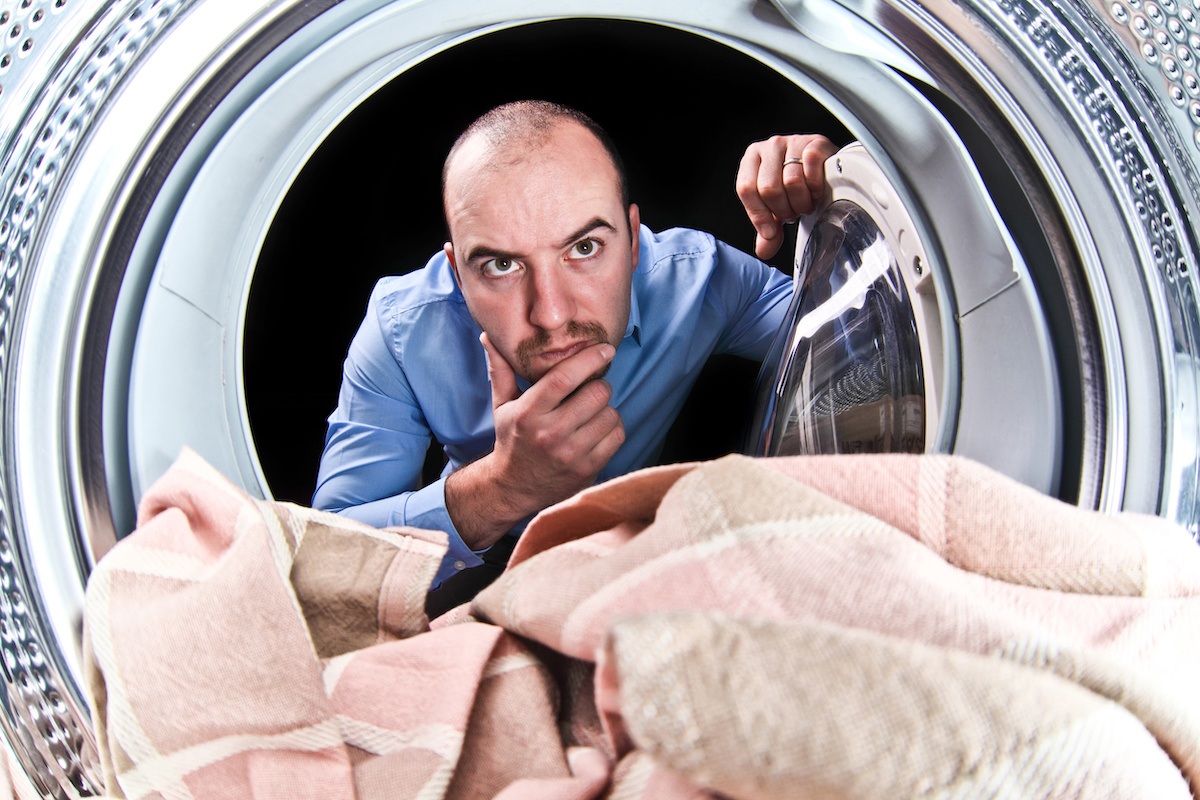

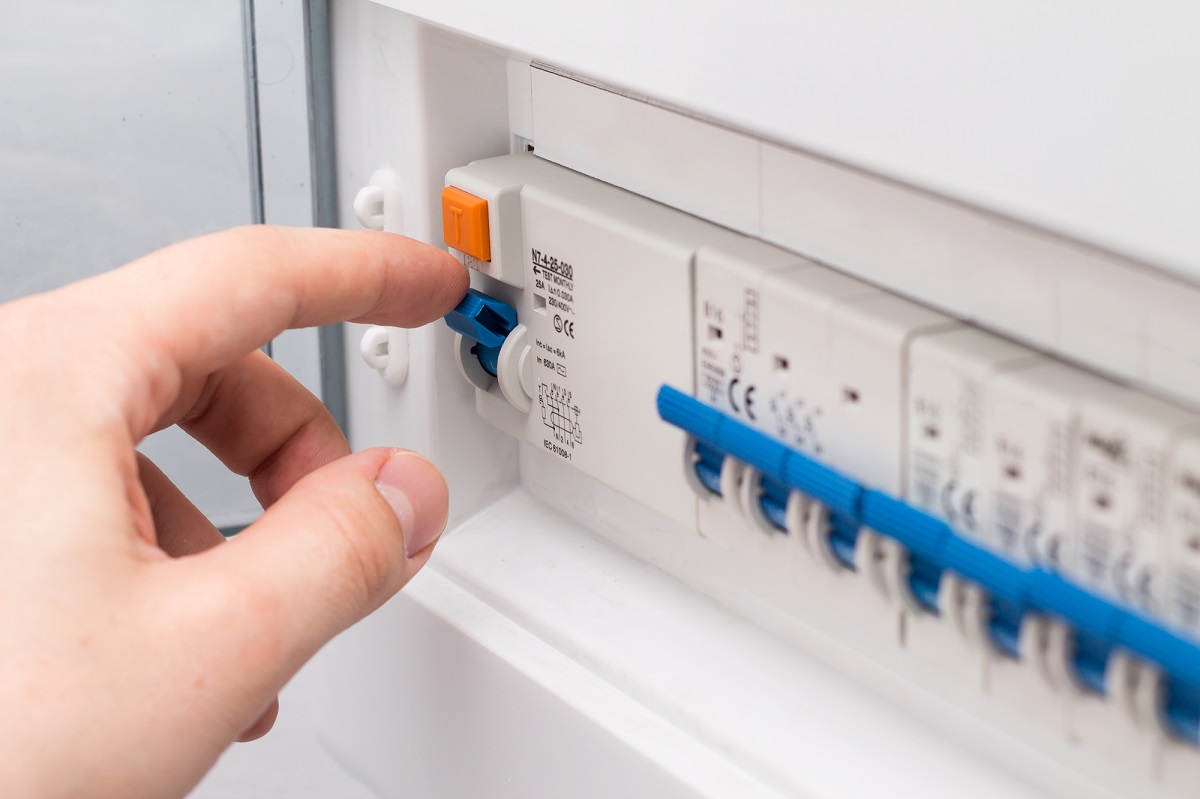
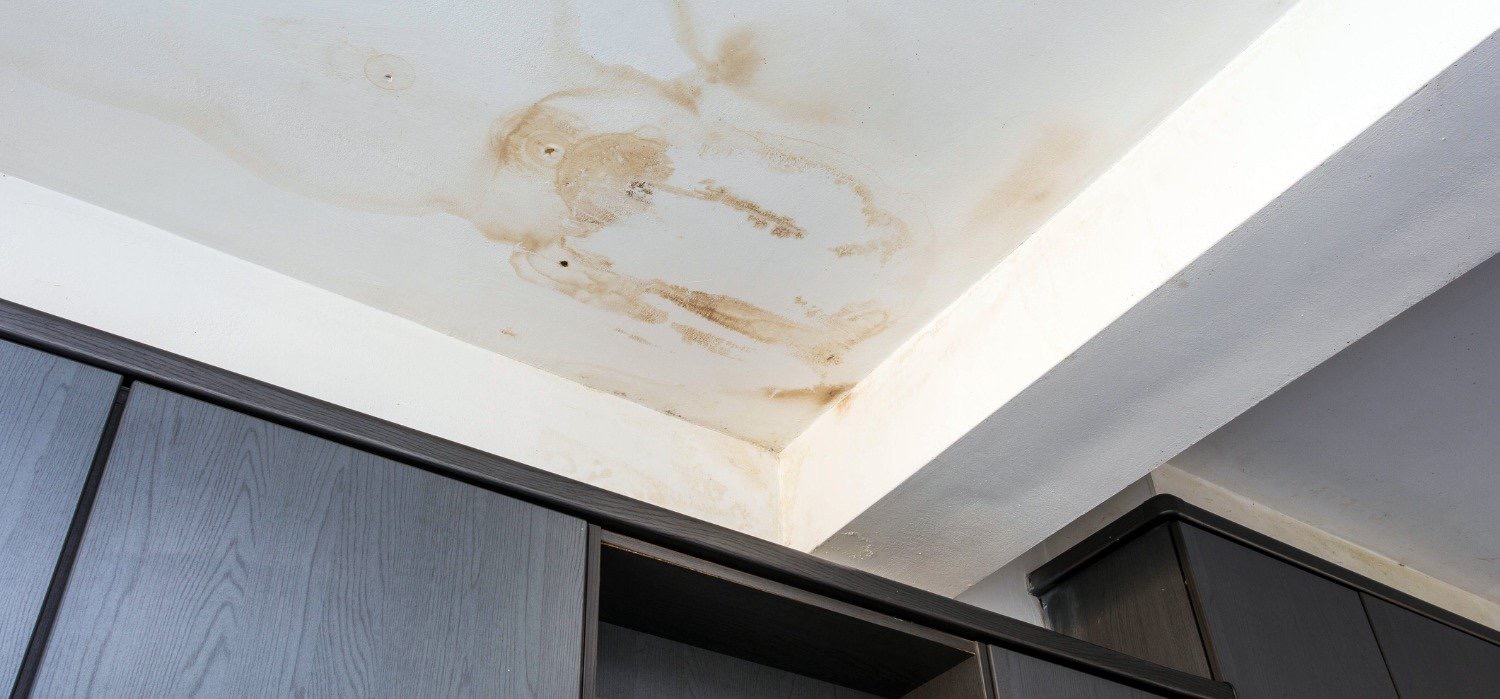
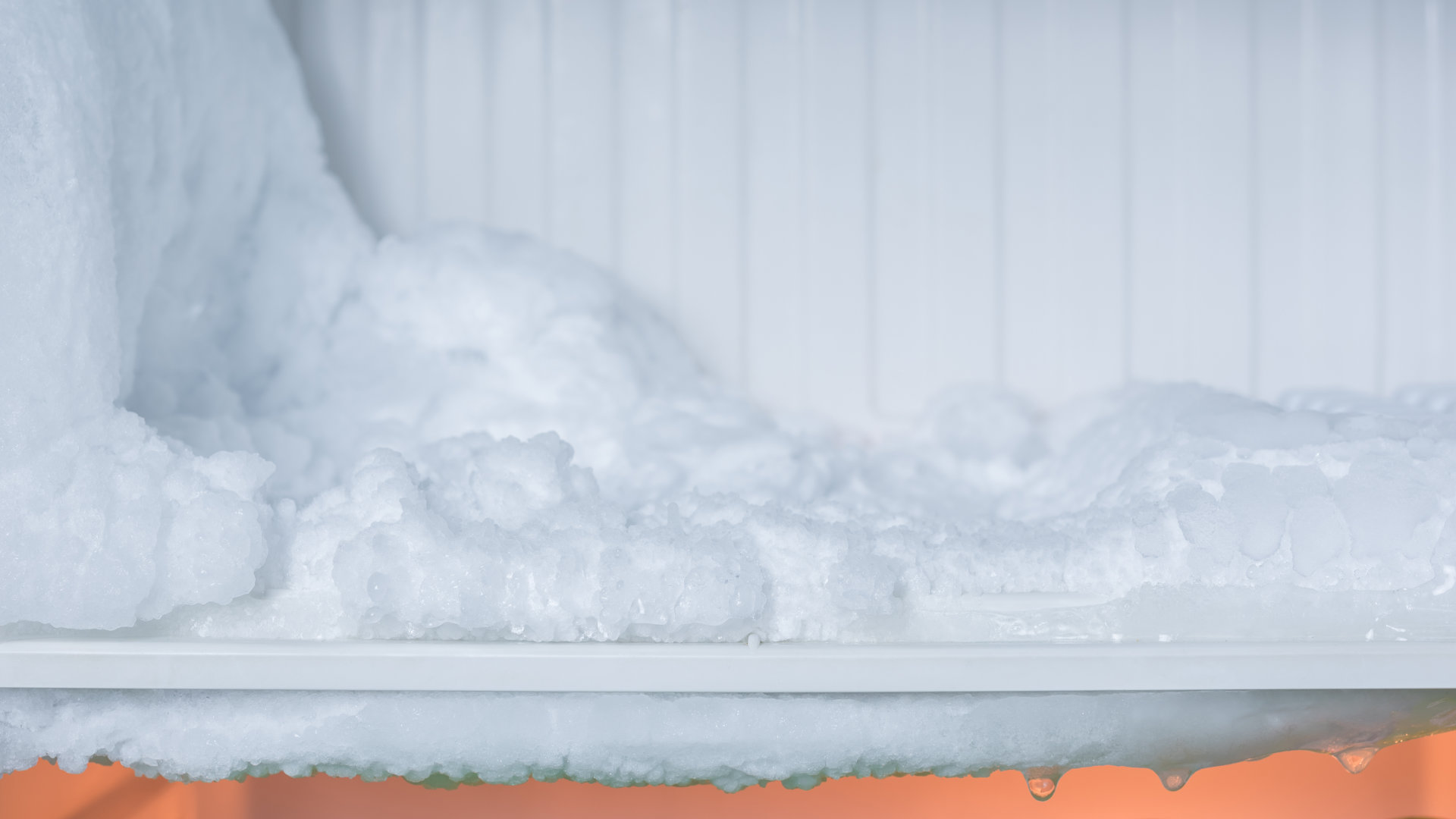
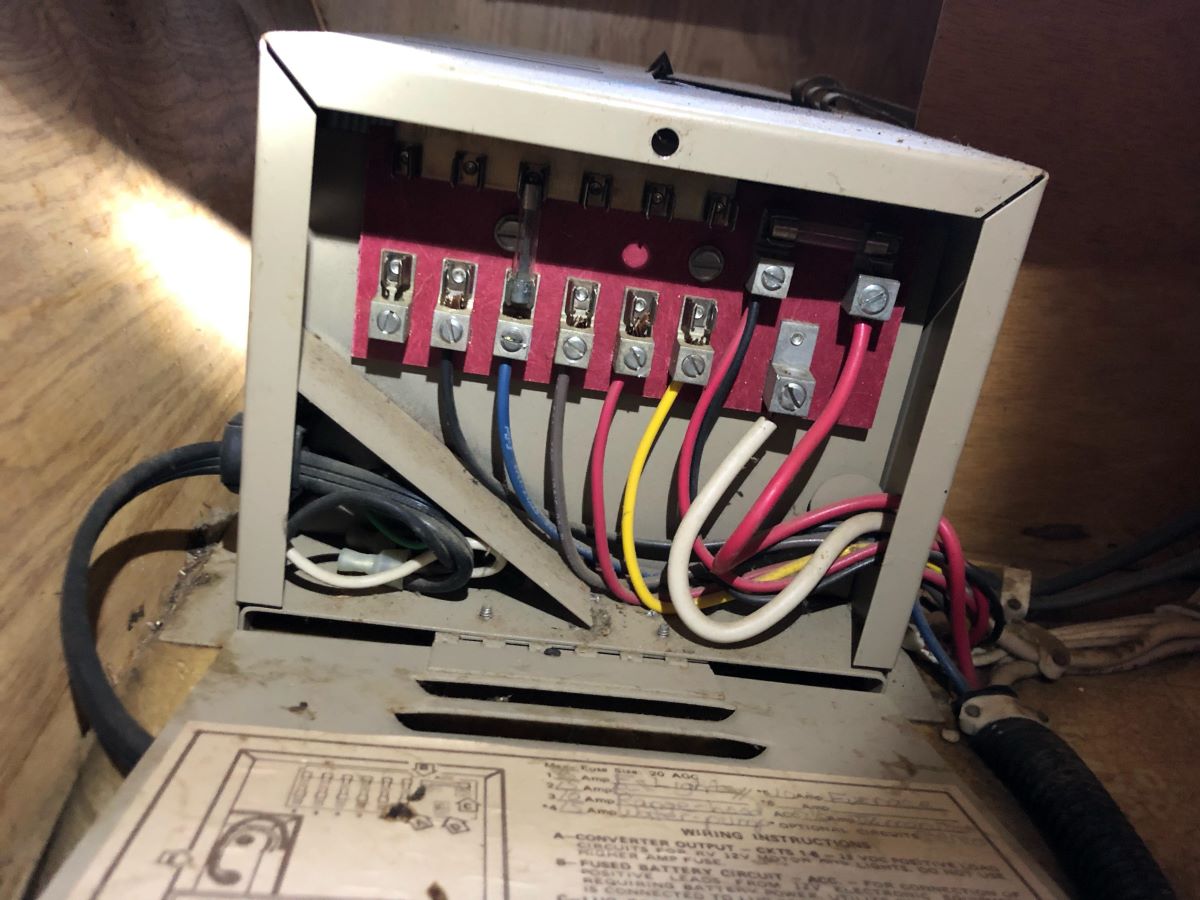
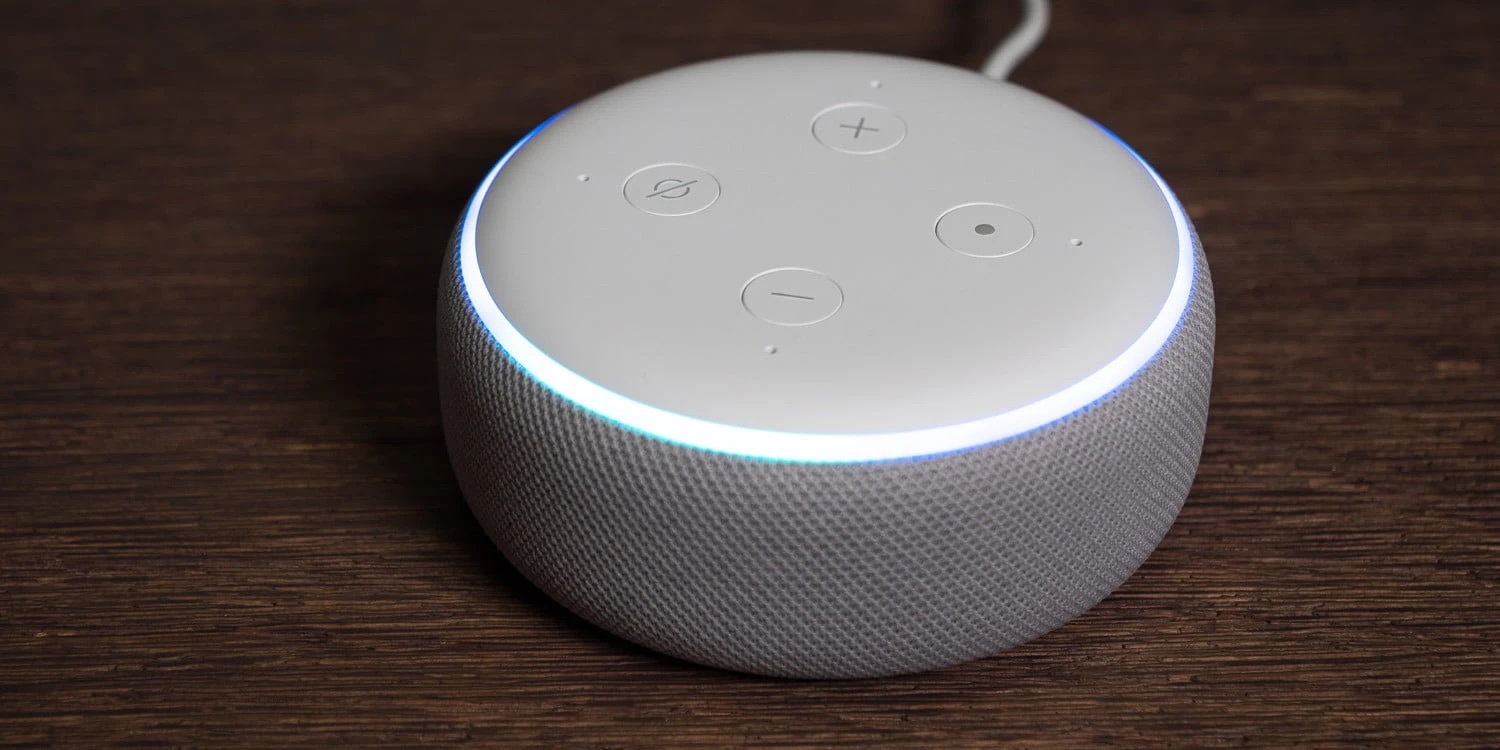
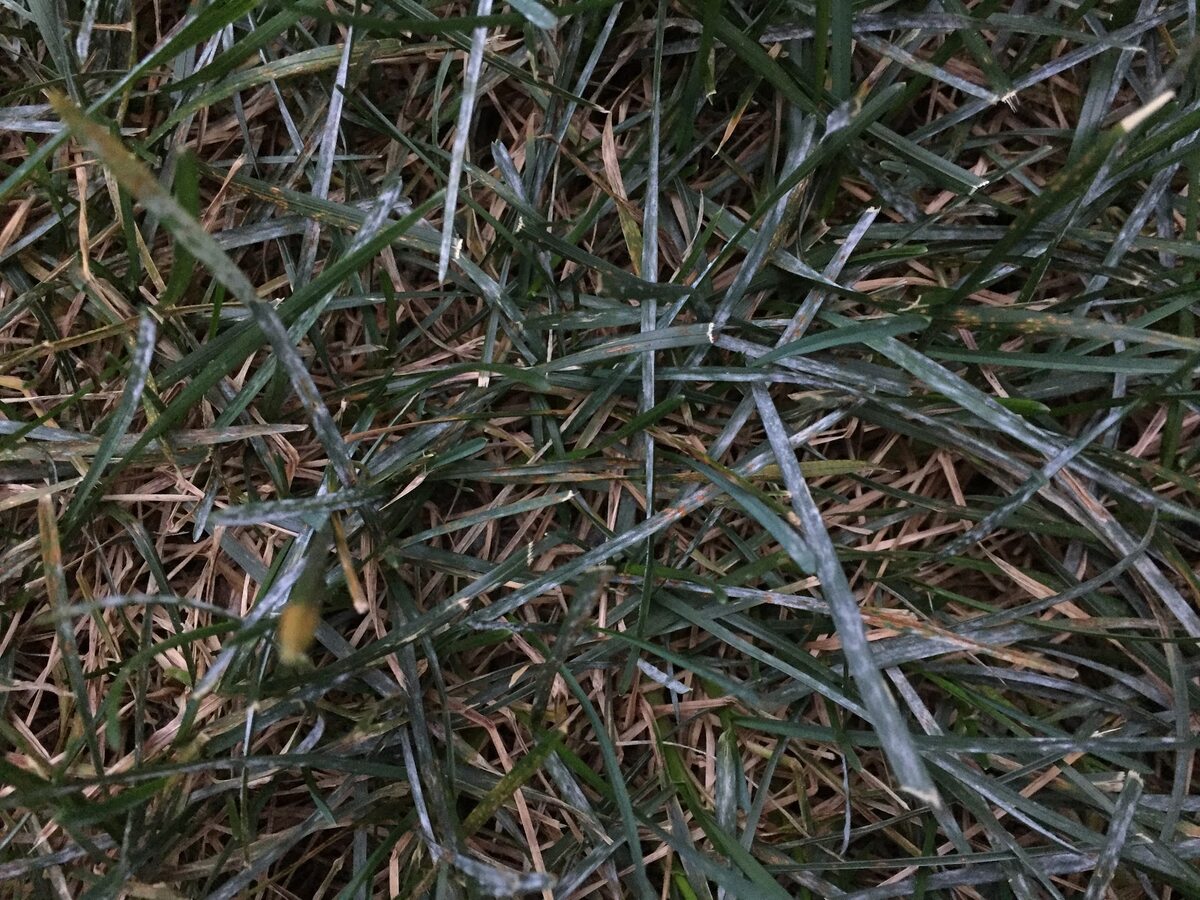
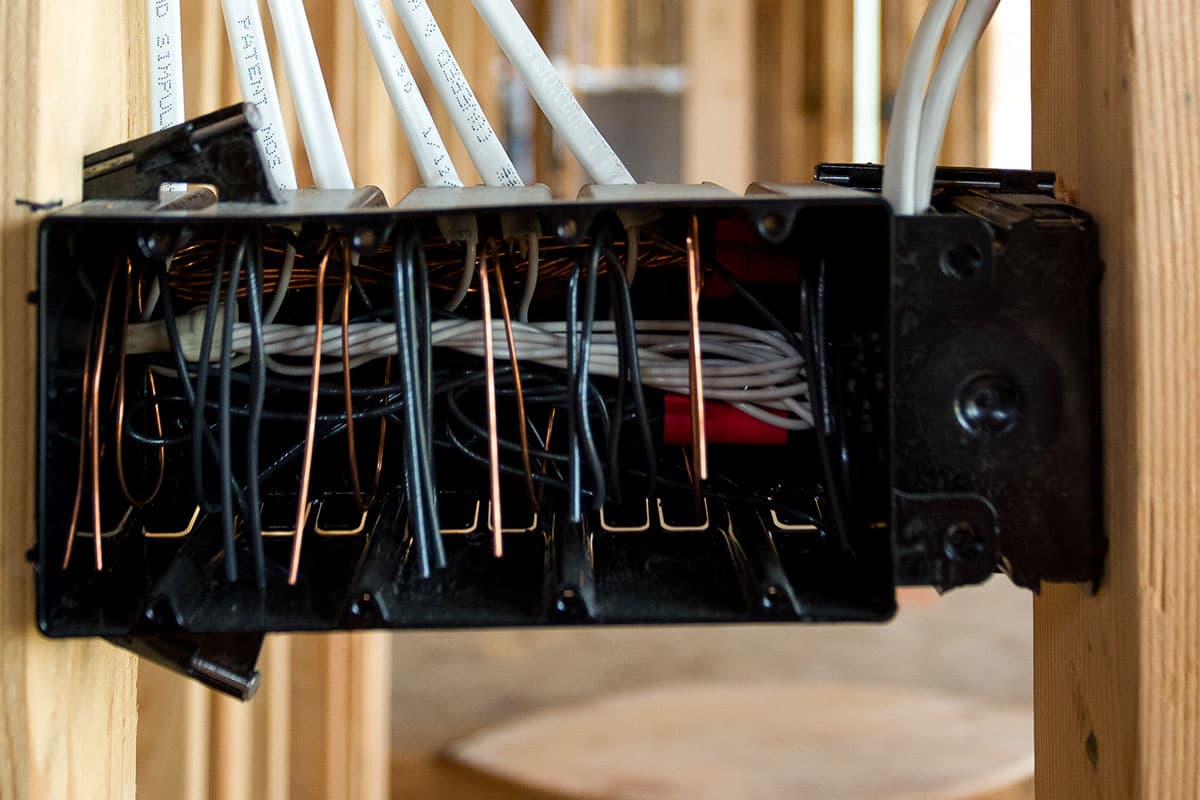
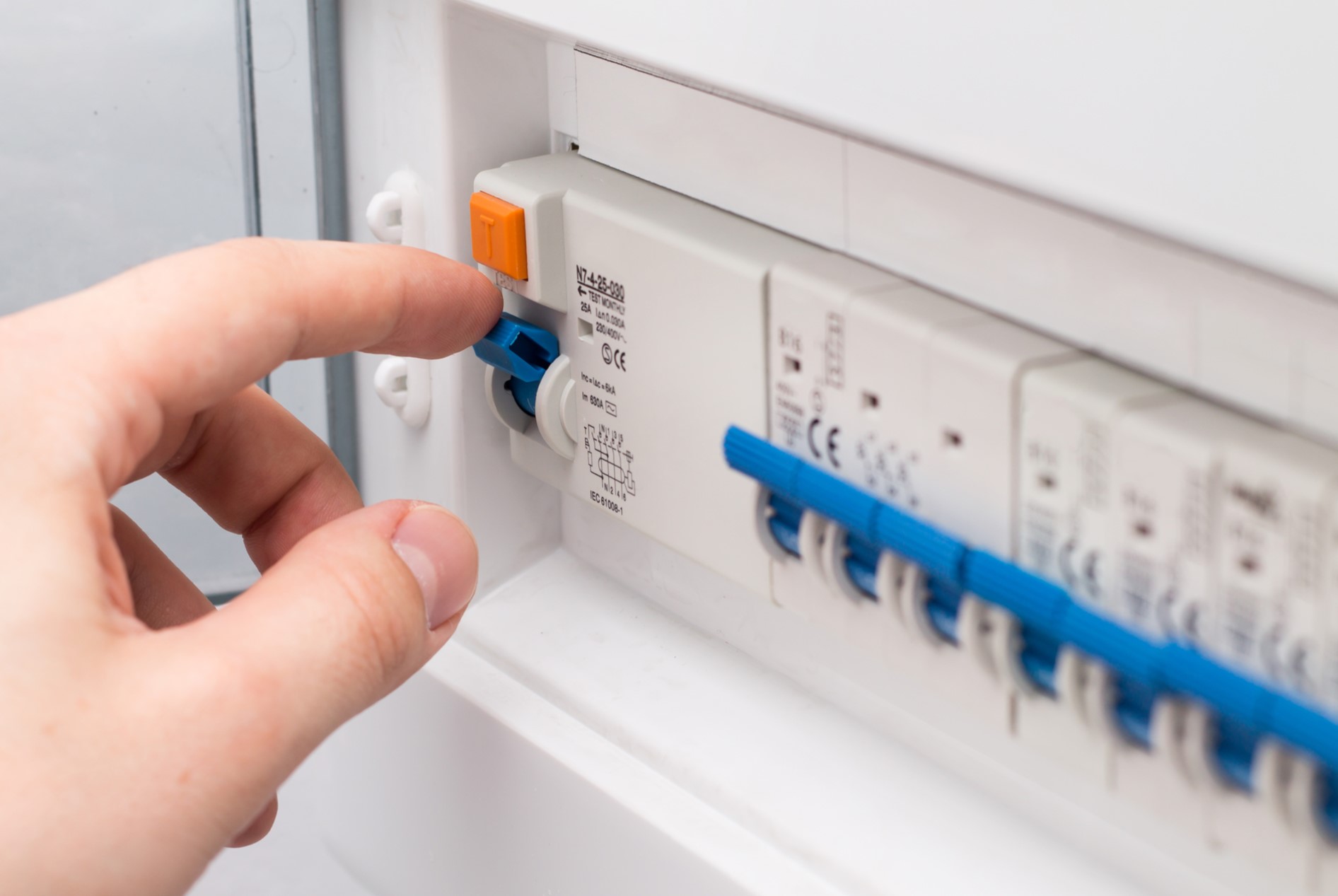
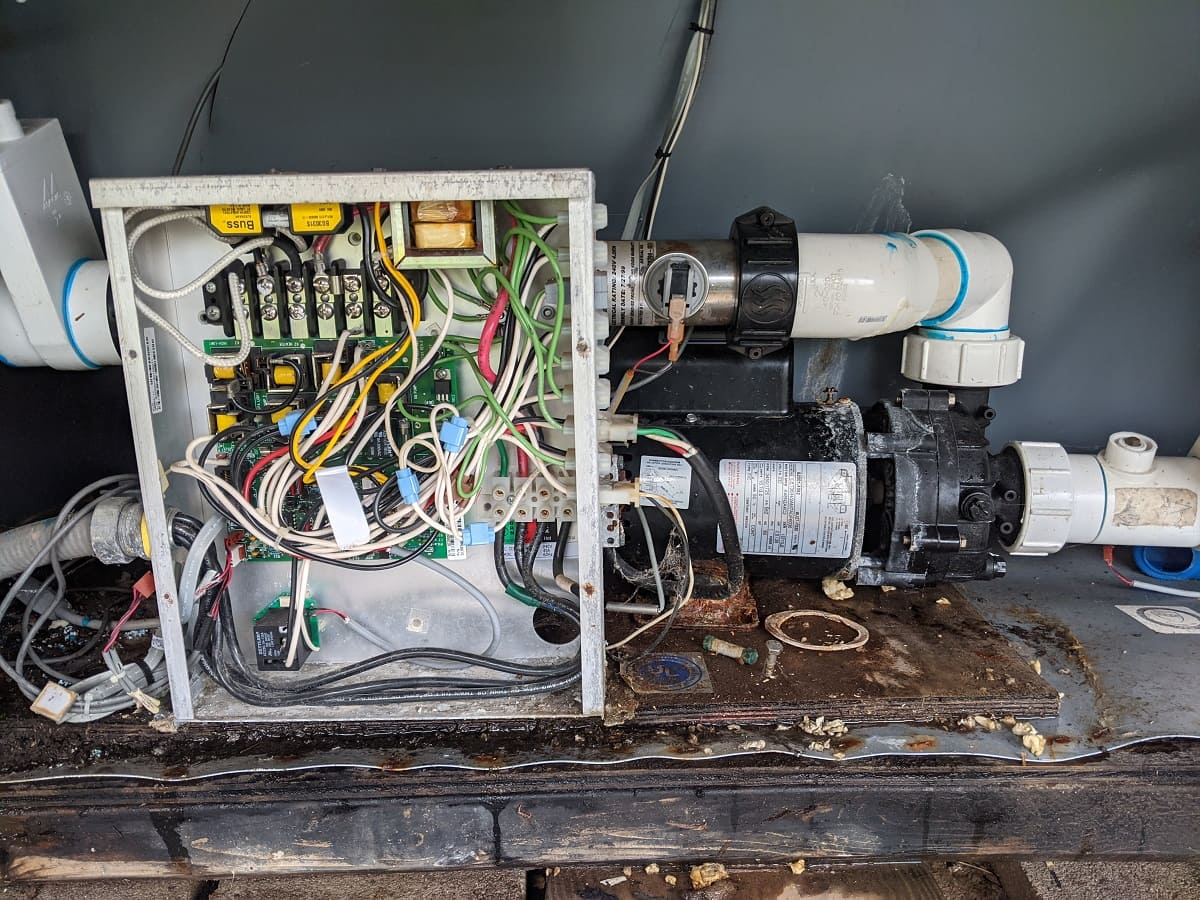
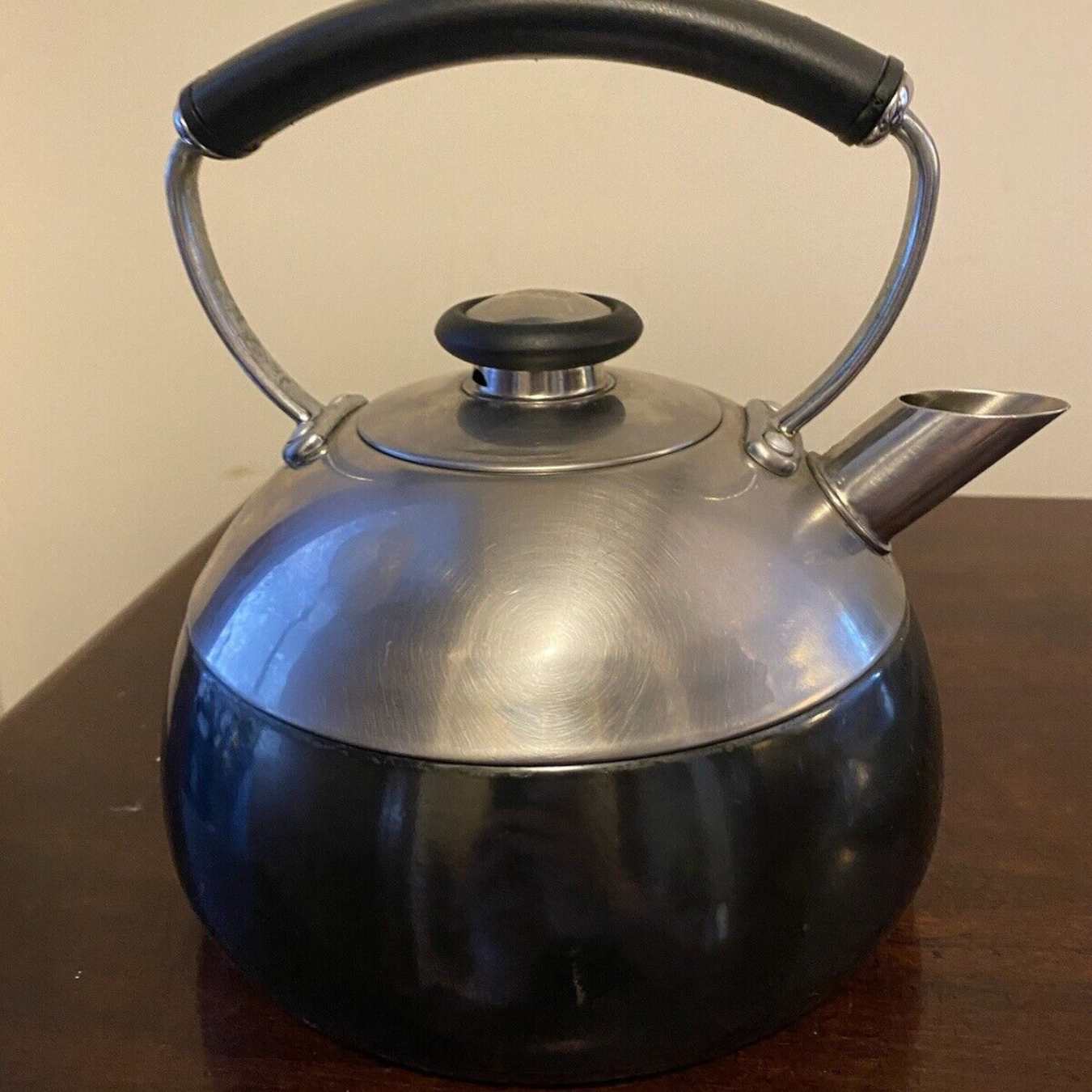

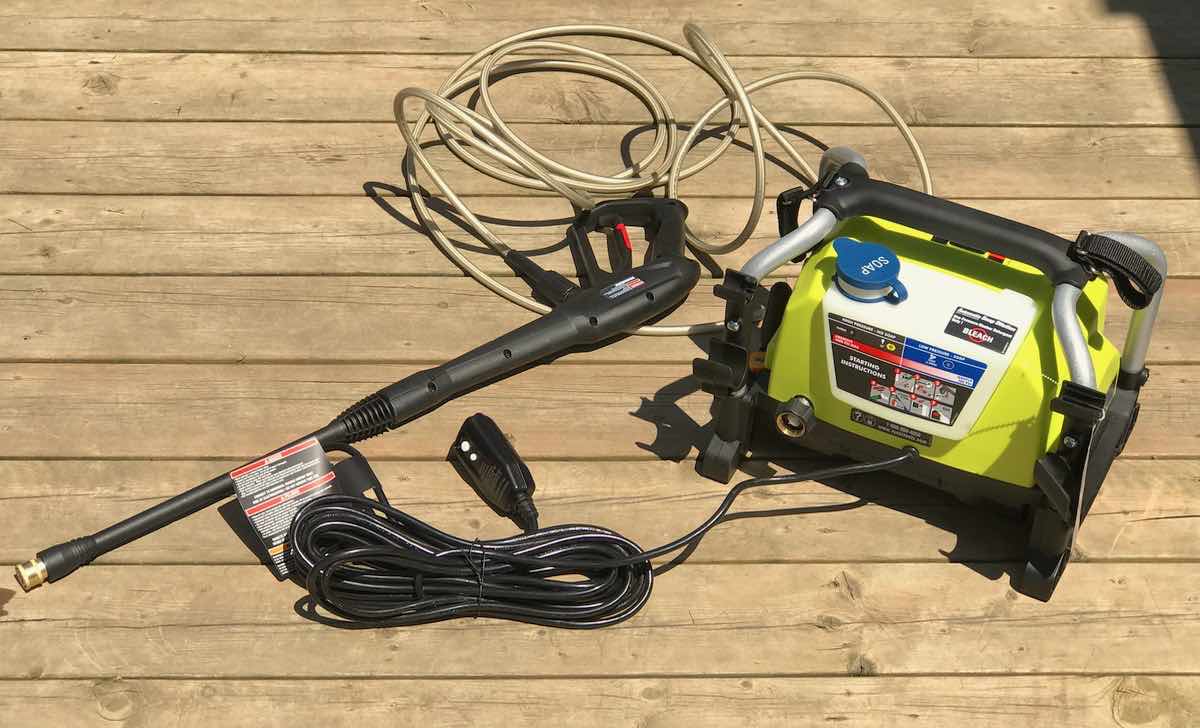

0 thoughts on “Why Does My Furnace Have Two Breakers”